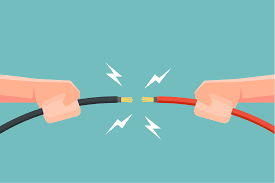Older adults can save tens of thousands of dollars annually by choosing assisted living communities over aging in place in their homes.
Unlike point solutions, Inspiren unifies resident safety, care planning, staffing, and emergency response into a single AI-powered platform.
An artificial intelligence-powered virtual assistant platform for senior living and care providers.

 In 2019, Tech adoption changes -- some. It’s known as the
In 2019, Tech adoption changes -- some. It’s known as the  What does it mean when offerings and consumers aren’t aligned? For older consumers and their families, the technology market and senior housing industry are two cases in point. Consider
What does it mean when offerings and consumers aren’t aligned? For older consumers and their families, the technology market and senior housing industry are two cases in point. Consider